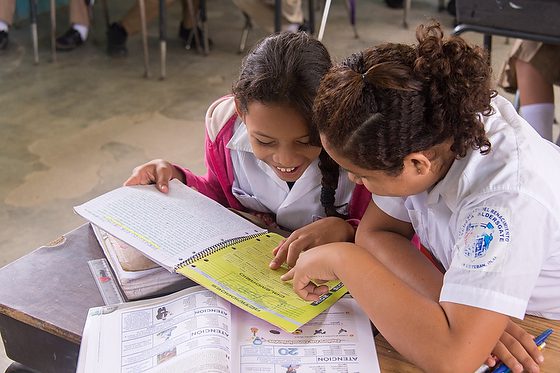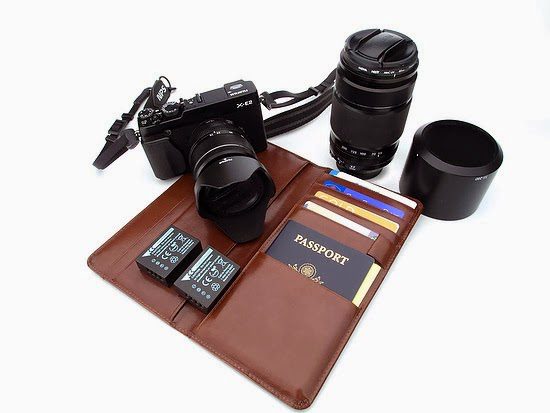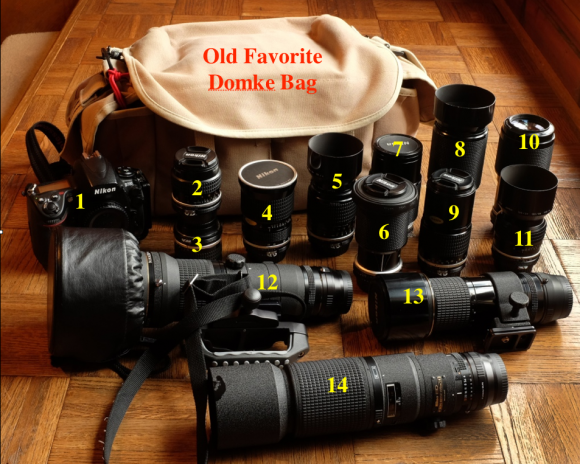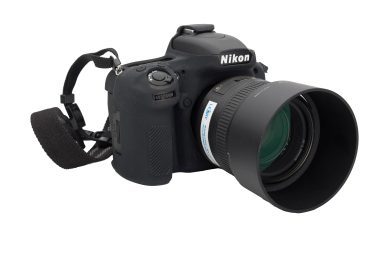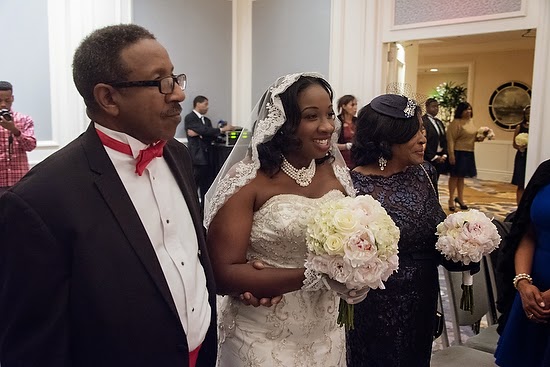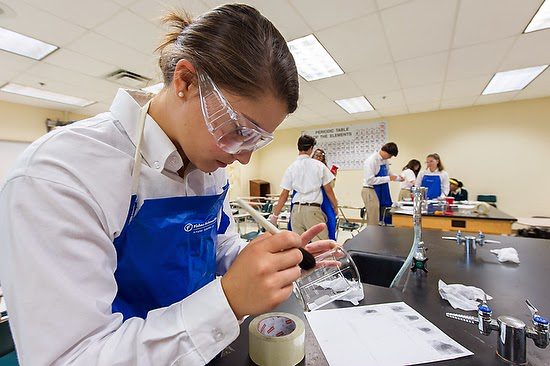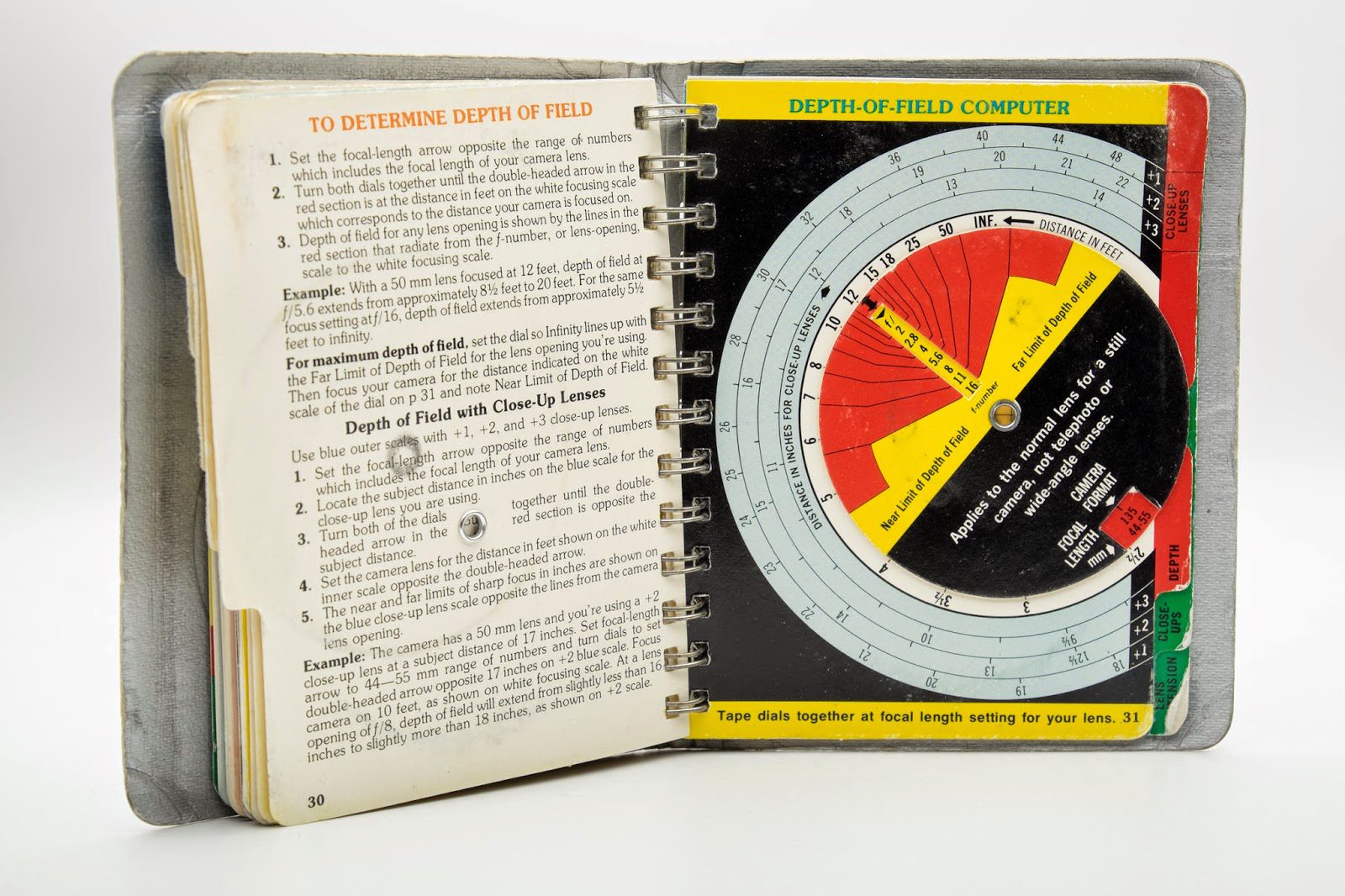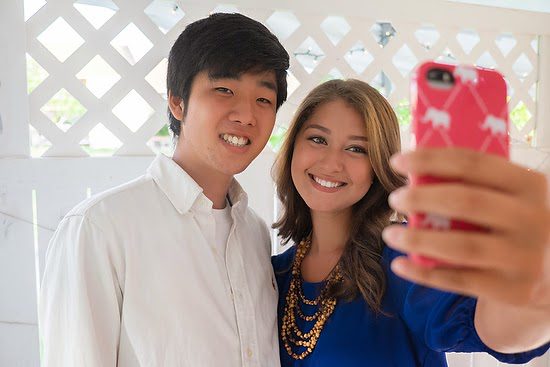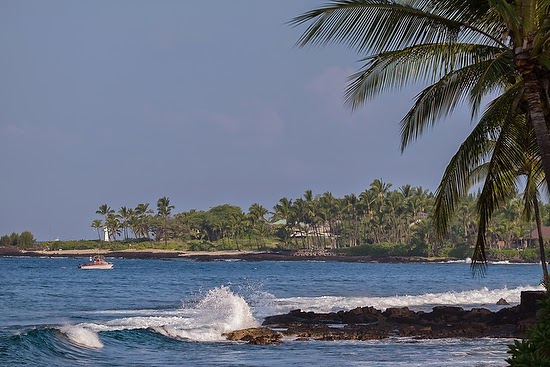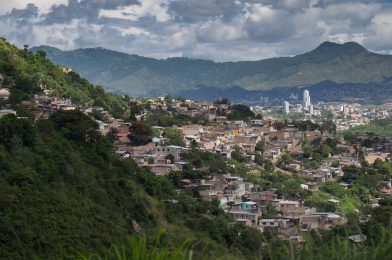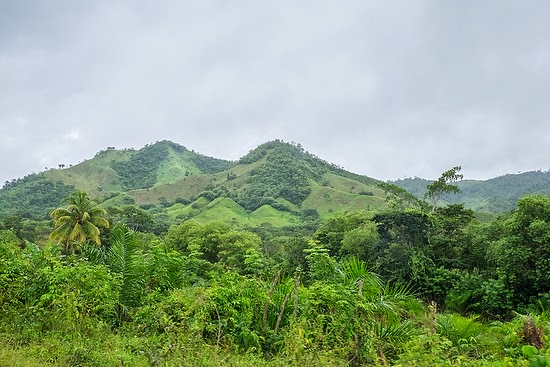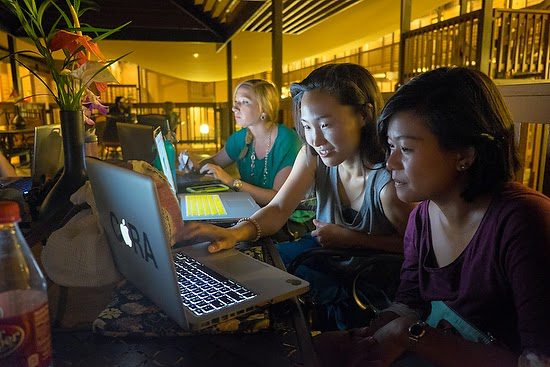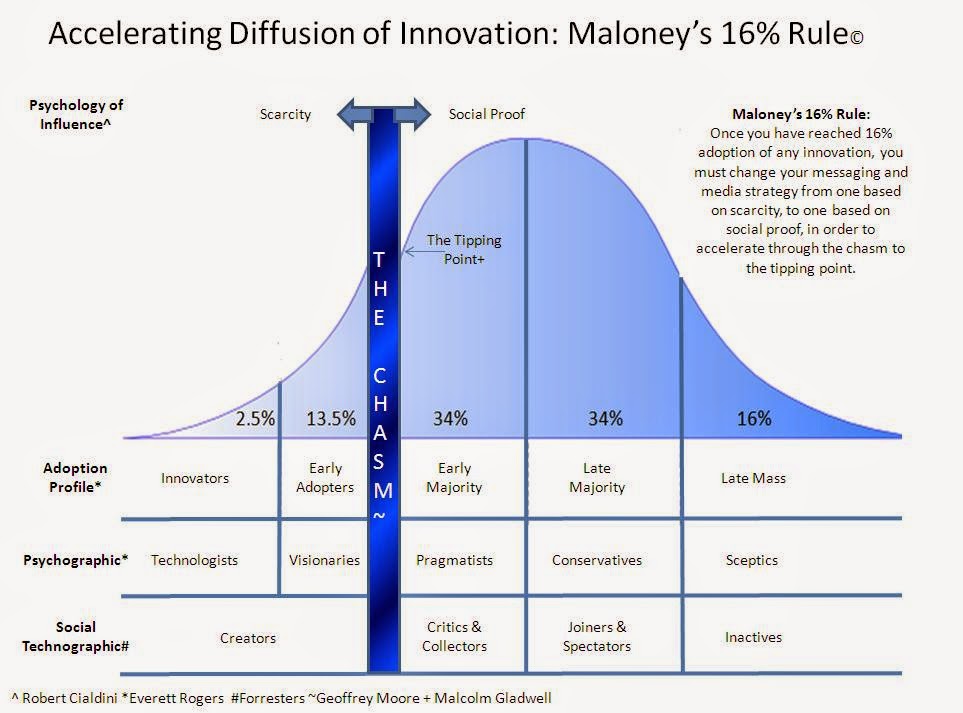This afternoon my Nikon NPS pocket calendar arrived. I have been able to put the 2014 calendar in my collection since 1983.
I enjoy looking back, seeing what I did in the past, and counting my blessings. This is the time for reflection at the end of the year.
In the spring of 1984, after I was offered my first job at The Hickory Daily Record, I had to get some new camera gear. Here are the two pages I used to research all the prices at the time.
My parents got me my first gear as my graduation present from East Carolina University. It was a blessing to have my parents help me with college and my gear. I went to my first job debt free–no college loans, car loans, or credit card debt from having to buy equipment.
Here is my first week of work hours at The Hickory Daily Record, with my first day being May 21, 1984.
September 3, 1985, Don Rutledge called me about a job in Richmond, VA. I would drive up that Sunday, September 8, and interview the following day with Warren Johnson. They offered me the job on September 13.
Little did I know how huge of an impact The Hickory Daily Record and working on The Commission Magazine would be in my life. What a blessing it was for me.
On May 7, 1993, I was offered the job work at Georgia Tech in the communications office.
As you can see, after turning the pages, I would graduate the following week with my M.A. in communications from Southwestern Baptist Theological Seminary. Then, I would pack the next day and start my drive to Atlanta, where I have lived ever since.
Sometimes you have to look back, celebrate the milestones, and remind yourself of all you have gone through. Looking back reminds me of how God has provided opportunities for my family through the years.
I leave you with this scripture verse:
Matthew 6:25-34
[ Do Not Worry ] “Therefore I tell you, do not worry about your life, what you will eat or drink; or about your body, what you will wear. Is not life more than food, and the body more than clothes? Look at the birds of the air; they do not sow or reap or store away in barns, and yet your heavenly Father feeds them. Are you not much more valuable than they? Can any one of you by worrying add a single hour to your life? …








